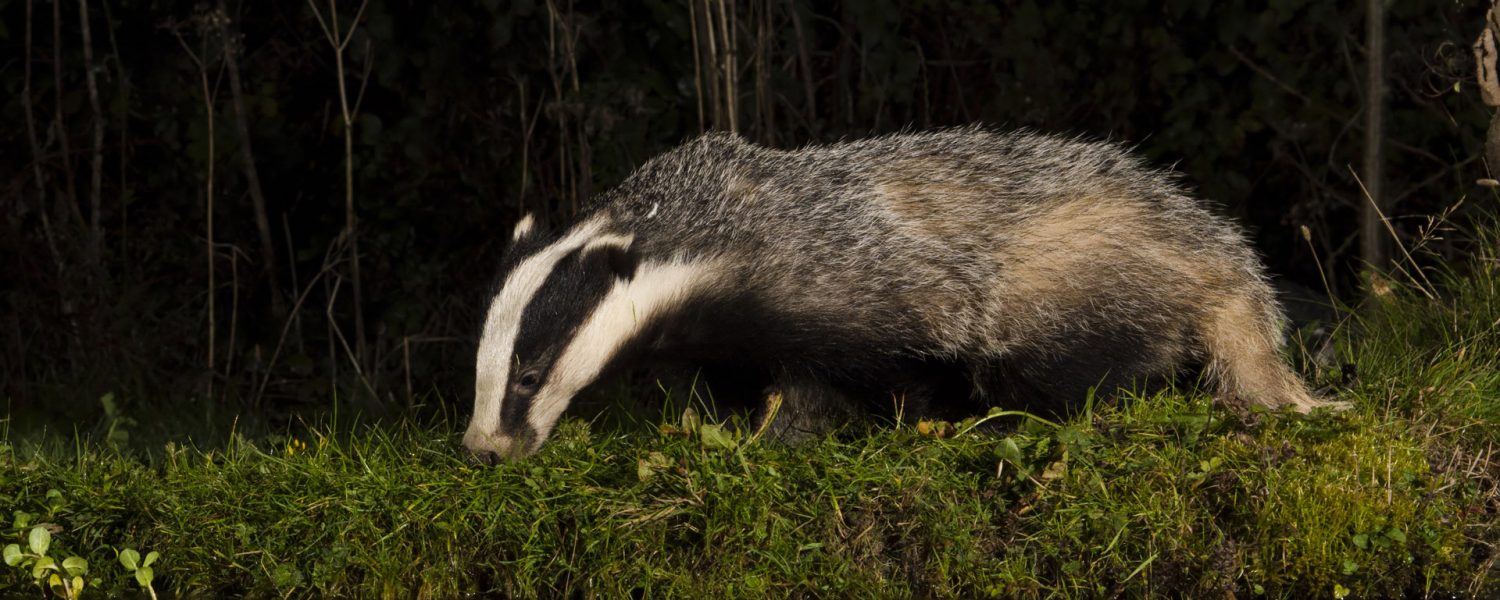 The conclusion that badger culling in England can contribute to control of bovine tuberculosis in cattle herds has been turned on its head thanks to fresh ‘cold case’ statistical evaluation by an international group of independent scientists.
The conclusion that badger culling in England can contribute to control of bovine tuberculosis in cattle herds has been turned on its head thanks to fresh ‘cold case’ statistical evaluation by an international group of independent scientists.
The London based Royal Society have published analyses that show how key aspects of methodology of the Randomised Badger Culling Trial (RBCT) published in Nature in 2006 were misdescribed and used implausible analytics. Original statistical appraisal that RBCT authors had claimed was too robust to require checking, was actually fallible, once clearly explained and tested.
After much debate, a leading independent UK statistical reviewer for the Royal Society Open Science journal has highlighted both the immediate policy importance of the statistical challenge and the need for scientists to work together better in the future. He has characterized one pivotal choice made in two further RCBT papers, led by two of the original authors in 2024, and that tried to uphold the 2006 findings, as ‘naïve at best’.
This new discovery matters, because around 240,000 badgers have been culled by DEFRA in England since 2013, based on the RBCT analysis, with the shooting of around 70% of badgers over large areas of countryside. This is now shown to be unsupported by the £80 Million* RBCT experiment, designed by a group led by Lord Krebs at Oxford University. Conducted from 1998-2005, it has been central evidence for Government policy since 2010.
The findings help to explain why multiple studies of Government licensed badger culling since 2013 have shown no clear-cut benefit from badger culling. Disease reduction in cattle due to implementation of stricter cattle measures has been shown to reduce disease in the past, while other taxpayer funded experimental measures remain unproven and have been labelled as ineffective by the present Government, a position that the new study explains. Mass killing of adult badgers and their cubs is also controversial due to the cruelty involved in ’free shooting’ of them at night, when a proportion are injured and die slowly. Badgers are one of Britain’s top ten favorite mammals.
The news brings a new outlook for the Government’s bovine TB elimination strategy, which is currently undergoing a policy review, the results of which are expected in spring 2026.
You can read the new paper and reviewer comments here.
*£80 million in todays money, £50 million at the time

